Sun protection is super important for everyone, but it's especially key for Indian skin. Indian skin has a lot of melanin, which makes it more likely to get dark spots and tan easily. A recent study revealed that 65.7% of respondents reported experiencing sunburns. The strong sunlight in India can cause early aging and sunburn. Picking the right sunscreen is crucial to protect your skin from these dangers. This article will help you with tips on how to choose sunscreen for Indian skin, so you can keep your skin safe and looking great. Let's delve into how to choose the perfect one for your unique needs.
6 Tips on How to Choose Sunscreen for Indian Skin
1. Broad-Spectrum Protection
When you choose a sunscreen, it's essential to pick one that provides broad-spectrum protection. This means the sunscreen shields your skin from both UVA and UVB rays. UVA rays go deep into the skin, leading to premature aging and wrinkles, while UVB rays cause sunburns. By using a broad-spectrum sunscreen, you get complete protection from both types of rays.
2. SPF
SPF stands for Sun Protection Factor and indicates how well a sunscreen can protect your skin from UVB rays, which are responsible for sunburns. A higher SPF rating usually means better protection. It's a good idea to go for an SPF of 30 or above for everyday use and think about using an even higher SPF if you'll be out in the sun for a long time or taking part in activities like swimming.
3. PA Rating
Apart from SPF, it's also crucial to take into account the PA rating for Indian skin. PA stands for Protection Grade against UVA rays and is indicated by a '+' sign. PA+ signifies the lowest level of protection, while PA++++ represents the highest. UVA rays can affect Indian skin, causing hyperpigmentation and tanning. As a result, it's advisable to opt for sunscreen with a PA rating of PA++ or above.
4. Ingredients
The ingredients in sunscreen are really important for how well it works. When you're choosing a sunscreen, try to find one that has mineral filters such as zinc oxide or titanium dioxide. These mineral filters work by physically blocking UV rays, so they're great for people with sensitive skin. You should avoid sunscreens that have oxybenzone and octinoxate because they can get into your bloodstream and might have some health risks.
5. Texture
The texture of a sunscreen can influence its comfort and effectiveness on your skin. Choose a texture that suits your skin type. For oily skin, opt for a lightweight gel or lotion but considering sunscreen for oily skin dermatologists recommend could be the best. Dry skin may benefit from a creamier texture that provides additional hydration. Experiment with different textures to find the one that feels best on your skin.
6. Water Resistance
If you're planning on swimming or engaging in water-related activities, choosing a water-resistant sunscreen is essential. These sunscreens are formulated to maintain their effectiveness even when exposed to water. Look for the label "water-resistant" followed by a time indication (e.g., 40 minutes, 80 minutes). Remember to reapply water-resistant sunscreen every two hours or after swimming or sweating.


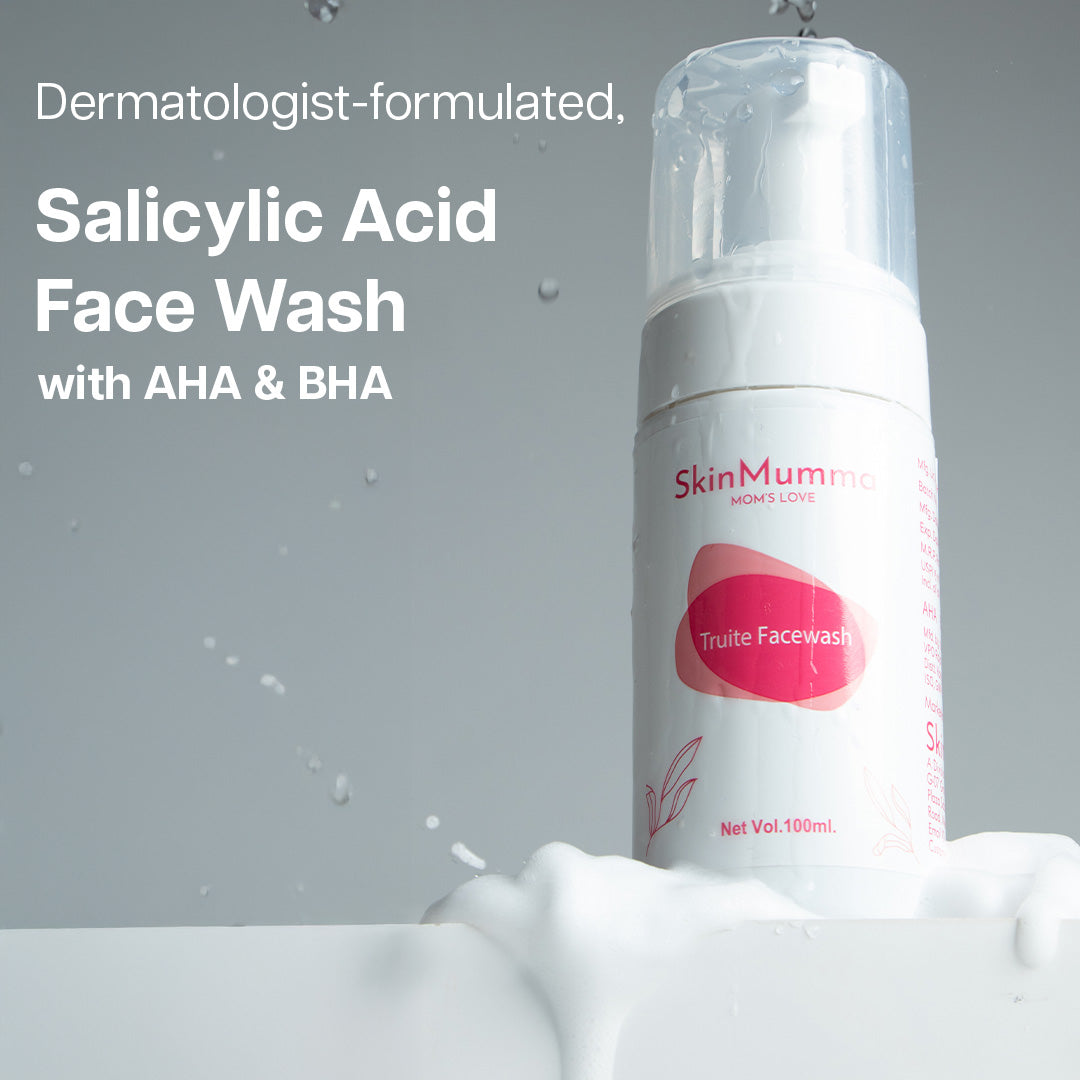
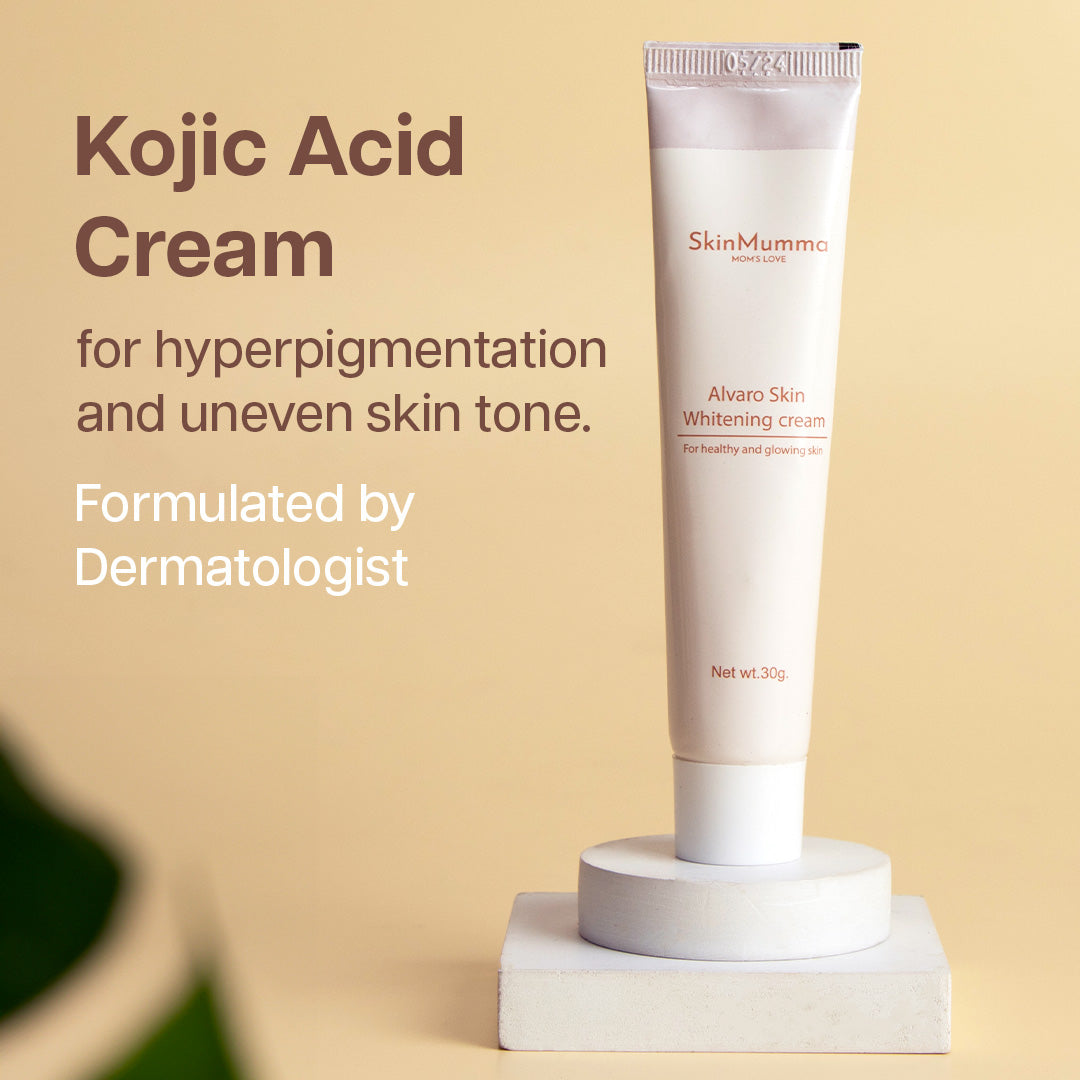

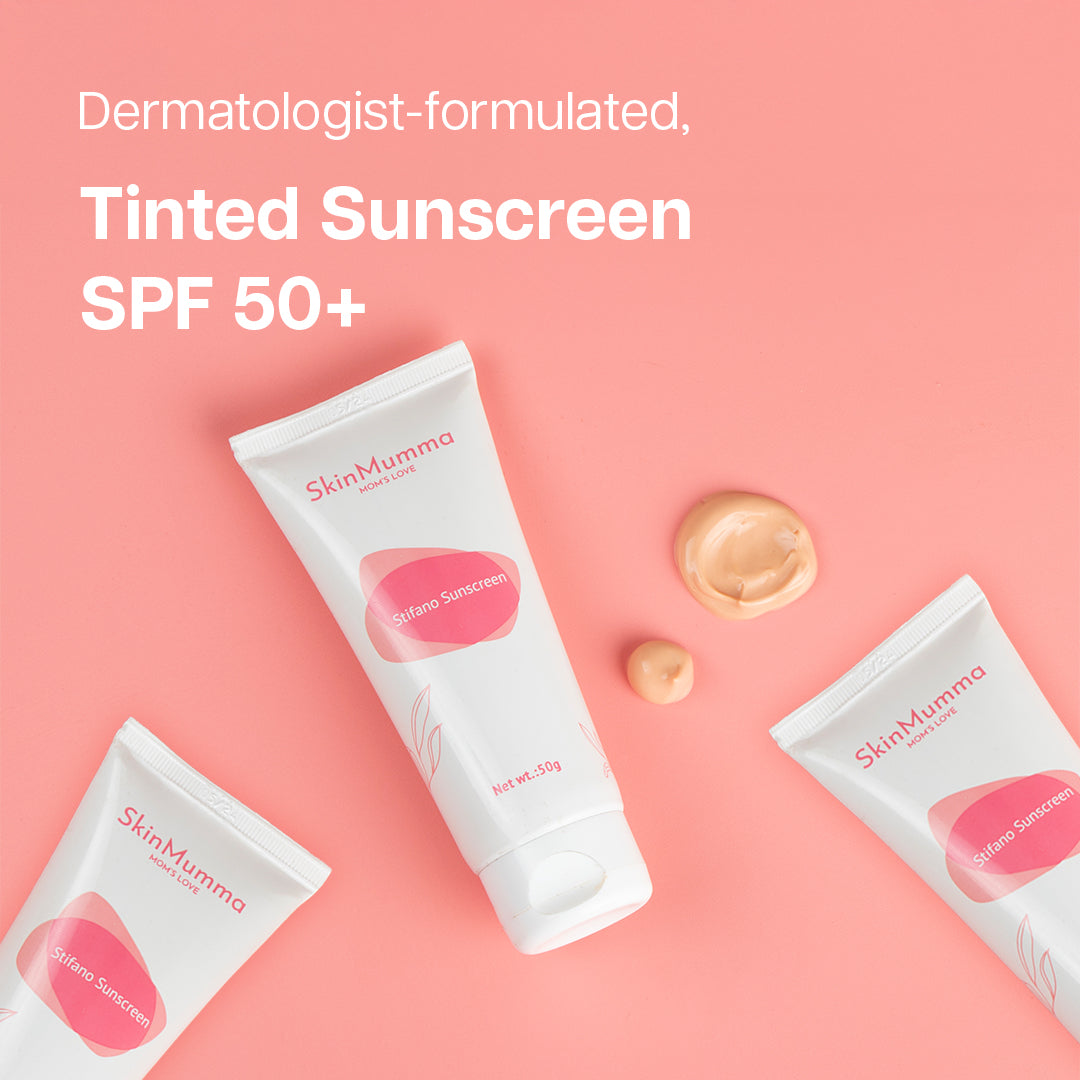
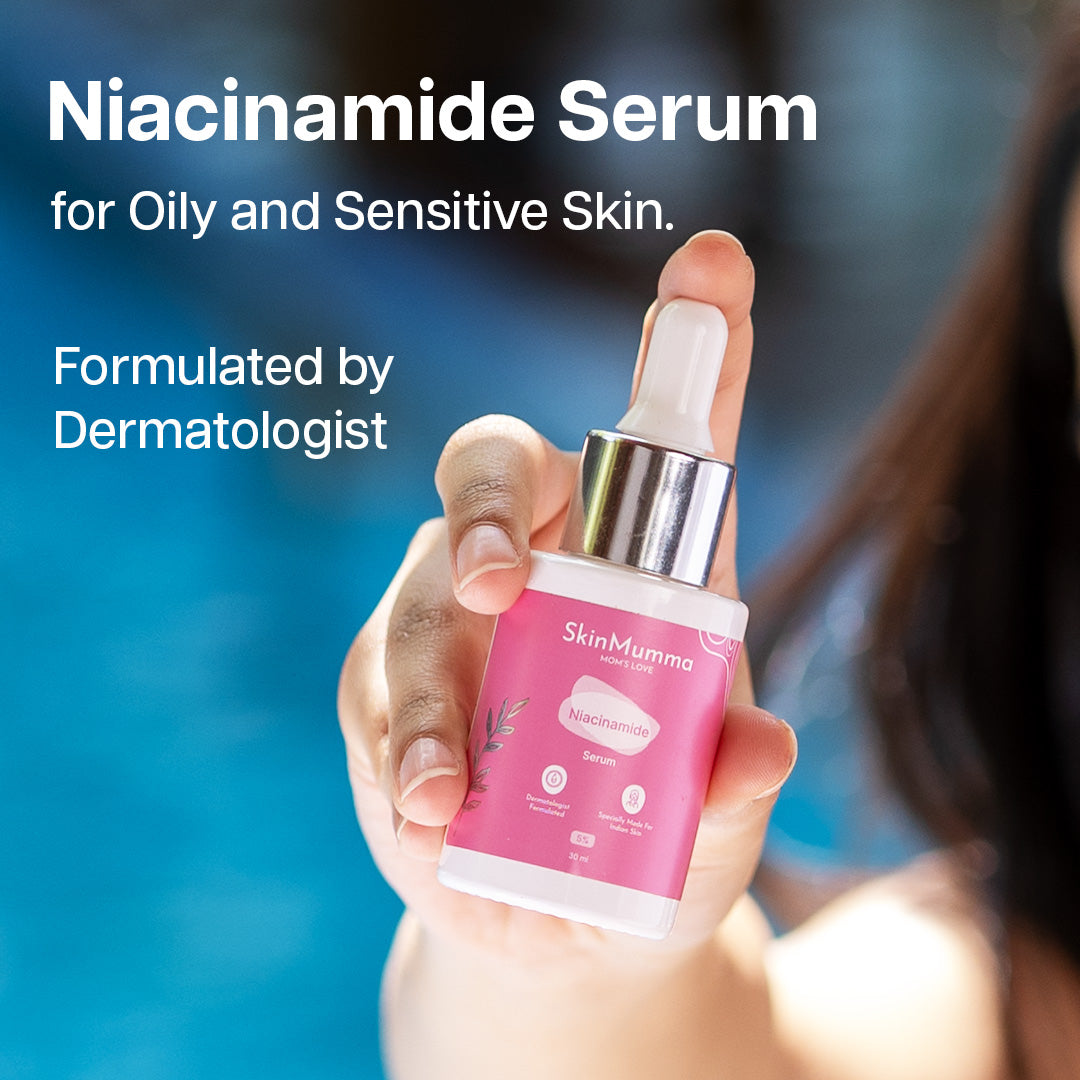
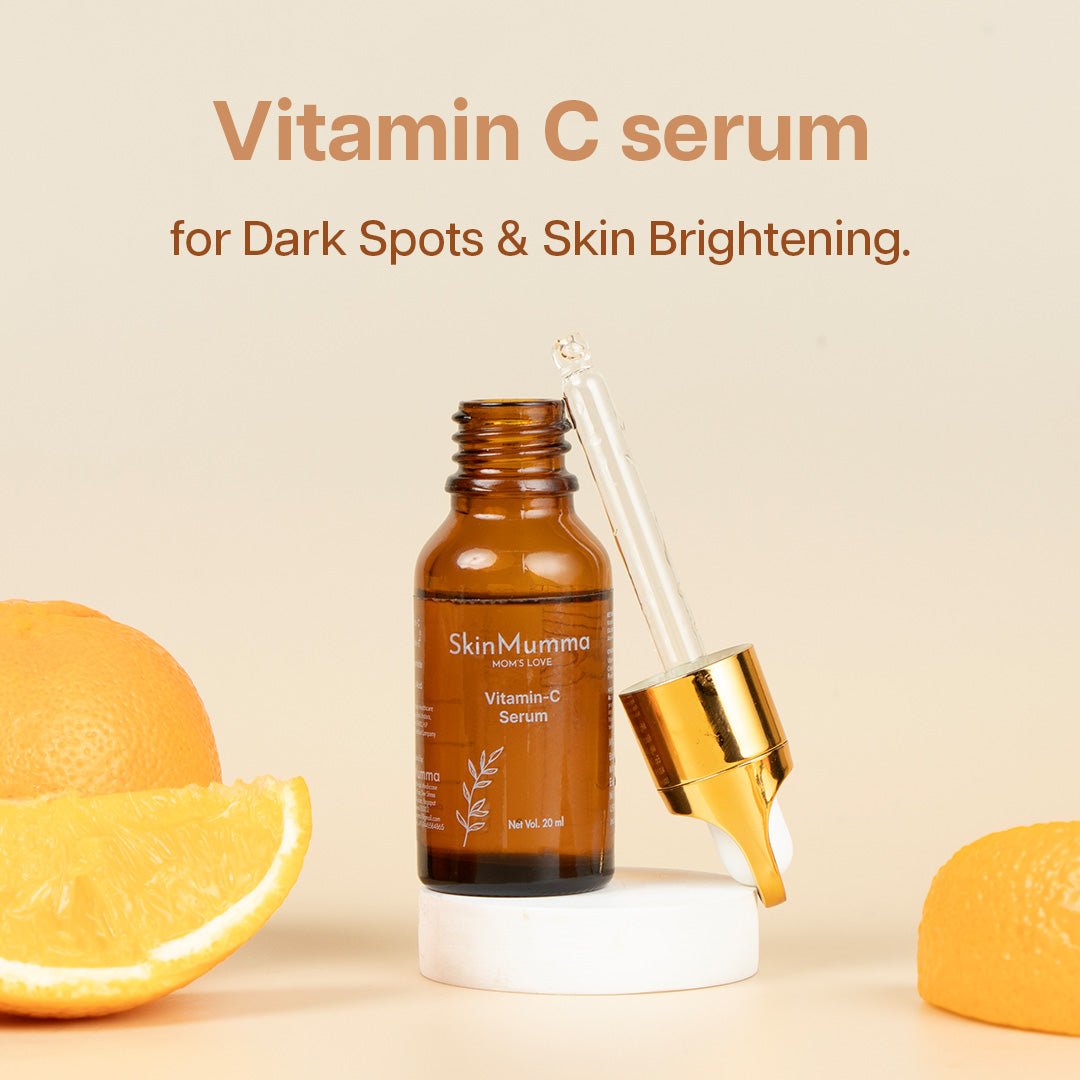




Dr Manisha Bindal is the senior dermatologist and laser skin expert with more than 25 yrs of experience in clinical practice. She has to her credit various advanced skin care procedures and Laser skin treatment protocols including chemical peels, fillers, threads and injections. You can trust the expert hands for any skin or hair related problems or any procedure if need be.